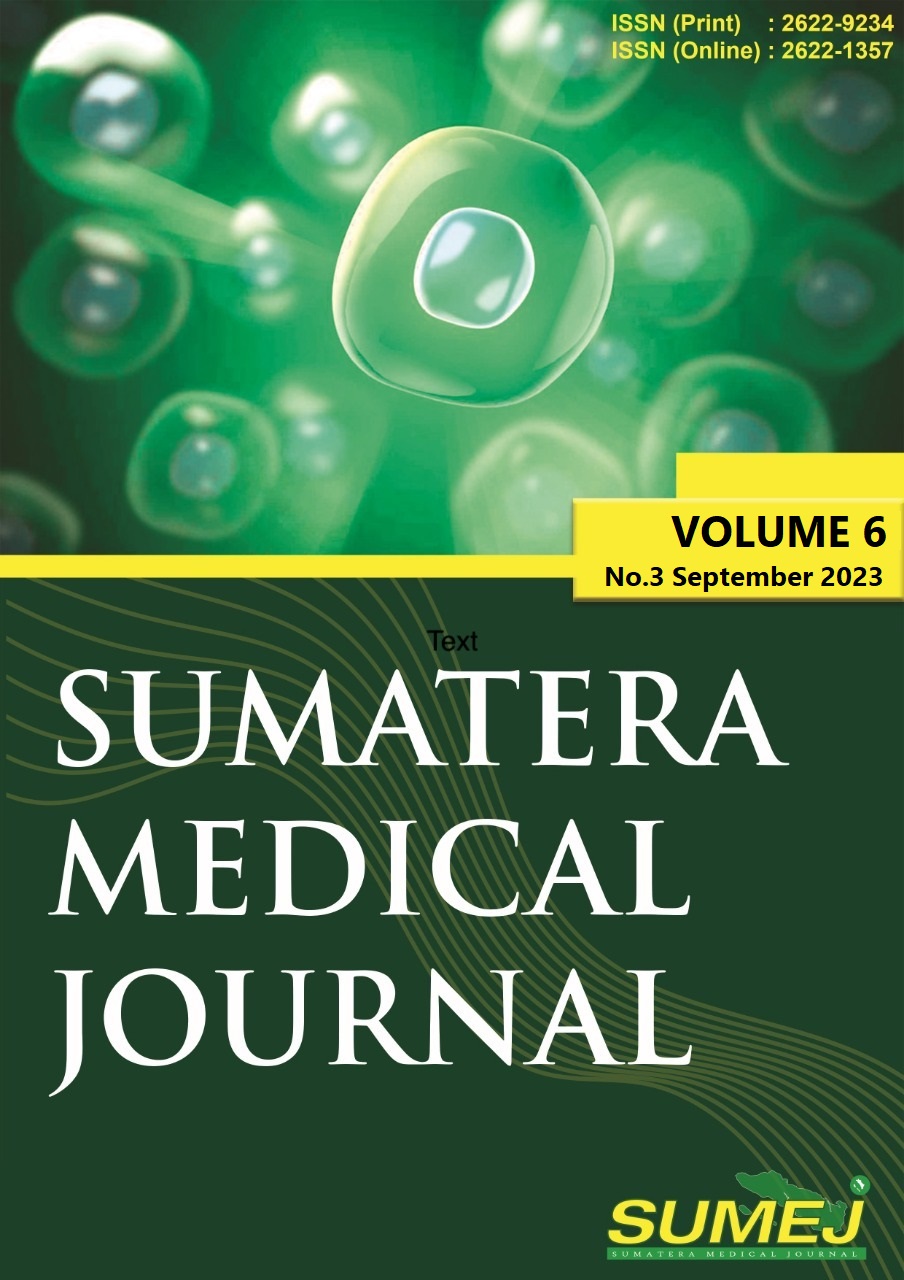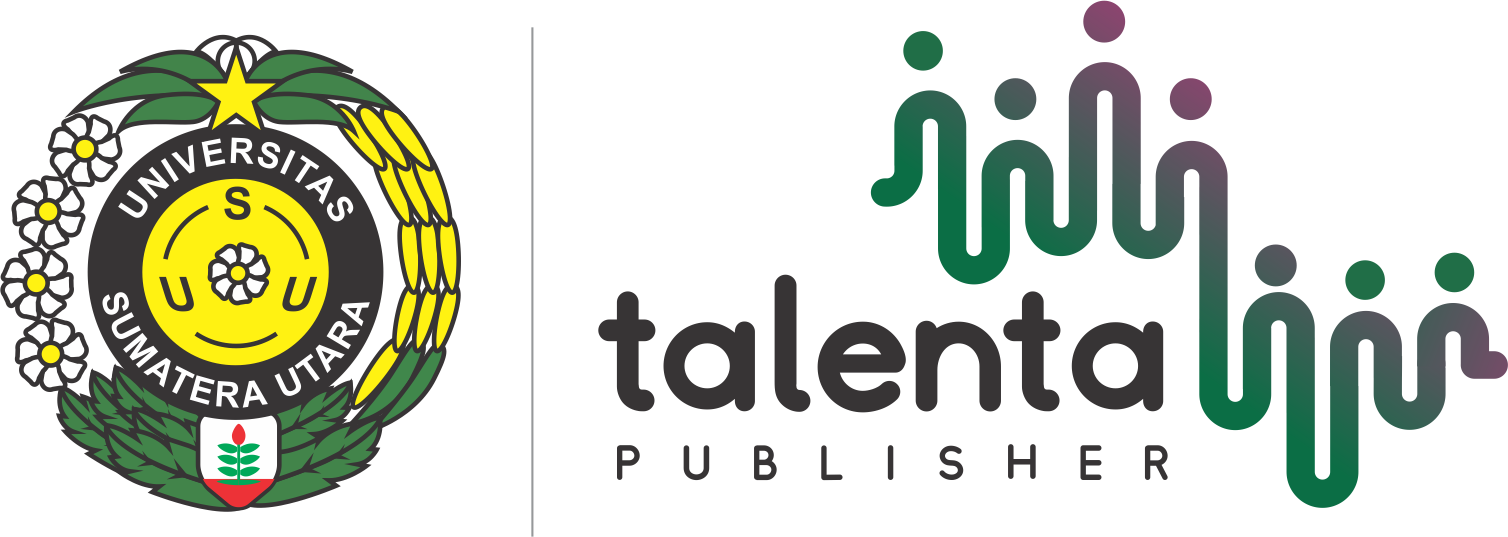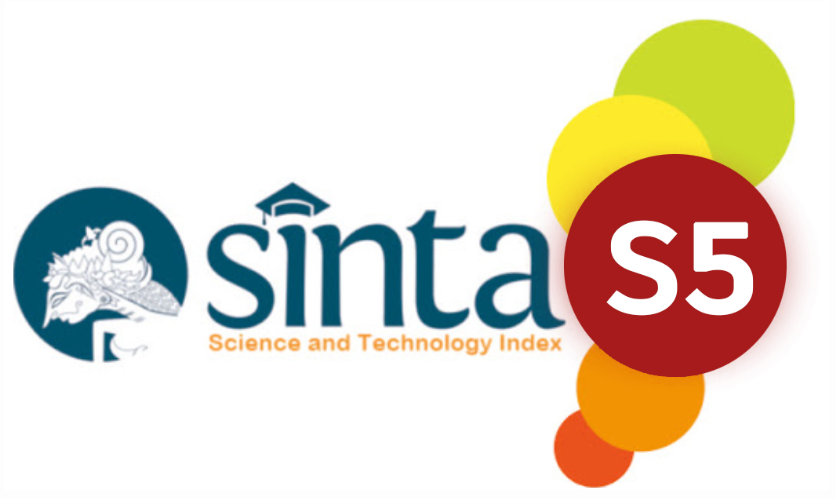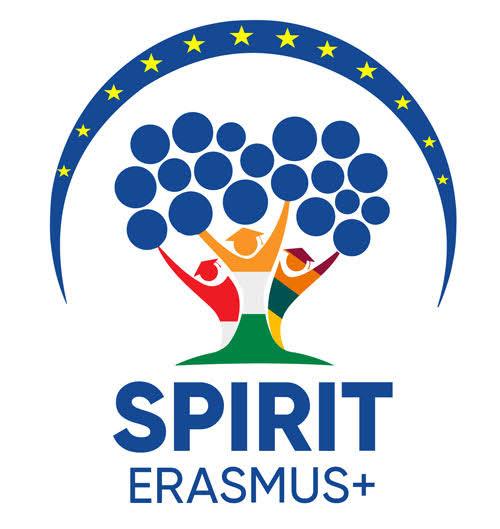Revolutionizing Herbal Medicine: Exploring Nano Drug Delivery Systems
DOI:
https://doi.org/10.32734/sumej.v6i3.12799Keywords:
revolutionizing, herbal, nano drug delivery systems, bioavailability, nanotechnologyAbstract
Background: Traditional herbal medicine has been used for centuries and remains an important component of healthcare globally. However, the therapeutic effectiveness of many herbal remedies is often limited by issues such as poor bioavailability, low stability, and lack of targeted delivery. In recent years, the application of nanotechnology has emerged as a promising strategy to enhance the efficacy of herbal medicines. Nano drug delivery systems involve the use of nano-sized carriers such as liposomes, polymeric nanoparticles, solid lipid nanoparticles, and nanoemulsions to encapsulate and deliver herbal bioactive compounds in a controlled and targeted manner. Objective: This review highlights recent advancements in nanotechnology-based delivery systems for herbal medicine and explores their potential applications in treating diseases such as cancer, cardiovascular conditions, neurodegenerative disorders, and inflammatory illnesses. Results: These systems improve solubility, protect compounds from degradation, prolong circulation time, and enable targeted delivery to specific tissues or cells. Moreover, nanocarriers can support the combination of multiple herbal ingredients, facilitating synergistic effects and personalized therapeutic approaches. Conclusion: The integration of nanotechnology and herbal medicine offers new possibilities in modern healthcare, although further research is required to address challenges in clinical translation, safety, and large-scale production. Collaboration among scientists, clinicians, and herbalists will be crucial in advancing this innovative field.
Downloads
References
Prabhakar PK, Doble M. A target based therapeutic approach towards diabetes mellitus using medicinal plants. Curr Diabetes Rev. 2008;4(4):291–308.
Prabhakar PK, Vijayaraghavan S, Philip J, Doble M. Biocompatibility studies of functionalized CoFe2O4 magnetic nanoparticles. Curr Nanoscience. 2011;7(3):371–6.
Pathak C, Vaidya FU, Pandey SM. Mechanism for development of nanobased drug delivery system. In: Applications of targeted nano drugs and delivery systems. 2019. p. 35–67.
Darul Raiyaan GI, Khathoon AS, Arunachalam KD. Nutrients delivery for management and prevention of diseases. In: Advances in Novel Formulations for Drug Delivery. 2019. p. 491–519.
Bahloul B, Castillo-Henríquez L, Jenhani L, Aroua N, Ftouh M, et al. Nanomedicine-based potential phyto-drug delivery systems for diabetes. J Drug Deliv Sci Technol. 2023;104377. Available from: https://doi.org/10.1016/j.jddst.2023.104377.
Muzammil S, Mazhar A, Yeni DK, Andleeb R, et al. Nanospanlastic as a promising nanovesicle for drug delivery. In: Systems of Nanovesicular Drug Delivery. Academic Press; 2022. p. 337–52.
Souri M, Soltani M, Moradi Kashkooli F, Shahvandi MK. Engineered strategies to enhance tumor penetration of drug-loaded nanoparticles. J Control Release. 2022;341:227–46.
Torchilin VP. Recent advances with liposomes as pharmaceutical carriers. Nat Rev Drug Discov. 2005;4(2):145–60.
Bhalekar MR, Upadhaya P, Madgulkar AR, Madgulkar A. Liposomal drug delivery system from laboratory to clinic. J Drug Deliv Sci Technol. 2017;41:355–77.
Sawant RR, Torchilin VP, Siegel BA. Targeted delivery of small interfering RNA with cell surface receptor-targeted, dual-functional liposomes. Int J Pharm. 2014;466(1–2):327–35.
Sharma A, Sharma US, Straubinger RM. Liposomes in drug delivery: progress and limitations. Int J Pharm. 2007;364(2):2–15.
Allen TM, Cullis PR. Liposomal drug delivery systems: from concept to clinical applications. Adv Drug Deliv Rev. 2013;65(1):36–48.
Sharma G, Sharma AR, Nam JS, Doss C, et al. Nanoparticle based insulin delivery system: the next generation efficient therapy for type 1 diabetes. J Nanobiotechnol. 2015;13(1):74.
Kumari A, Yadav SK, Yadav SC. Biodegradable polymeric nanoparticles based drug delivery systems. Colloids Surf B Biointerfaces. 2010;75(1):1–18.
Jain S, Patel N, Shah MK, Khatri P. Polymeric nanoparticles: promising platform for drug delivery. Curr Drug Deliv. 2016;13(8):1290–305.
Jain K, Kesharwani P. Polymeric nanoparticles for drug delivery and targeting: a comprehensive review. J Drug Deliv Sci Technol. 2016;32:101–64.
Gupta A, Eral HB, Hatton TA, Doyle PS. Nanoemulsions: formation, properties and applications. Soft Matter. 2016;12(11):2826–41.
Svenson S, Tomalia DA. Dendrimers in biomedical applications—reflections on the field. Adv Drug Deliv Rev. 2005;57(15):2106–29.
Menjoge AR, Kannan RM, Tomalia DA. Dendrimer-based drug and imaging conjugates: design considerations for nanomedical applications. Drug Discov Today. 2010;15(5–6):171–85.
Bhadra D, Bhadra S, Jain NK. PEGylated peptide dendrimeric carriers for the delivery of antimalarial drug chloroquine phosphate. Pharm Res. 2006;23:623–33.
Svenson S, Tomalia DA. Dendrimers in biomedical applications—reflections on the field. Adv Drug Deliv Rev. 2012;64:102–15.
Malik N, Wiwattanapatapee R, Klopsch R, Lorenz K, Frey H, Weener JW. Dendrimers: relationship between structure and biocompatibility in vitro, and preliminary studies on the biodistribution of 125I-labelled polyamidoamine dendrimers in vivo. J Control Release. 2000;65(1–2):133–48.
Pantarotto D, Briand JP, Prato M. Translocation of bioactive peptides across cell membranes by carbon nanotubes. Chem Commun. 2014;1:16–7.
Dreaden EC, Alkilany AM, Huang X, Murphy CJ, et al. The golden age: gold nanoparticles for biomedicine. Chem Soc Rev. 2012;41(7):2740–79.
Lawrence MJ, Rees GD. Microemulsion-based media as novel drug delivery systems. Adv Drug Deliv Rev. 2012;64:175–93.
Li J, Mooney DJ, Pelton R. Nanosponges as a versatile platform for drug delivery and biomedical applications. Adv Mater. 2016;28(37):8205–28.
Merisko-Liversidge E, Liversidge GG. Nanosizing for oral and parenteral drug delivery: a perspective on formulating poorly-water soluble compounds using wet media milling technology. Adv Drug Deliv Rev. 2011;63(6):427–40.
Silva AL, Rosalia RA, Sazak A, Carstens MG, Ossendorp F, Oostendorp J. Protein encapsulation in biodegradable nanoparticles for antigen delivery: a review. J Control Release. 2015;217:154–63.
Nel A, Xia T, Madler L, Li N. Toxic potential of materials at the nanolevel. Science. 2006;311(5761):622–7.
Magdolenova Z, Collins A, Kumar A, Dhawan A, Stone V, Dusinska M. Mechanisms of genotoxicity: a review of in vitro and in vivo studies with engineered nanoparticles. Nanotoxicology. 2014;8(3):233–78.
Downloads
Published
How to Cite
Issue
Section
License
Copyright (c) 2023 Sumatera Medical Journal

This work is licensed under a Creative Commons Attribution-NonCommercial-NoDerivatives 4.0 International License.
The Authors submitting a manuscript do so on the understanding that if accepted for publication, copyright of the article shall be assigned to Sumatera Medical Journal (SUMEJ) and Faculty of Medicine as well as TALENTA Publisher Universitas Sumatera Utara as publisher of the journal.
Copyright encompasses exclusive rights to reproduce and deliver the article in all form and media. The reproduction of any part of this journal, its storage in databases and its transmission by any form or media, will be allowed only with a written permission from Sumatera Medical Journal (SUMEJ).
The Copyright Transfer Form can be downloaded here.
The copyright form should be signed originally and sent to the Editorial Office in the form of original mail or scanned document.











